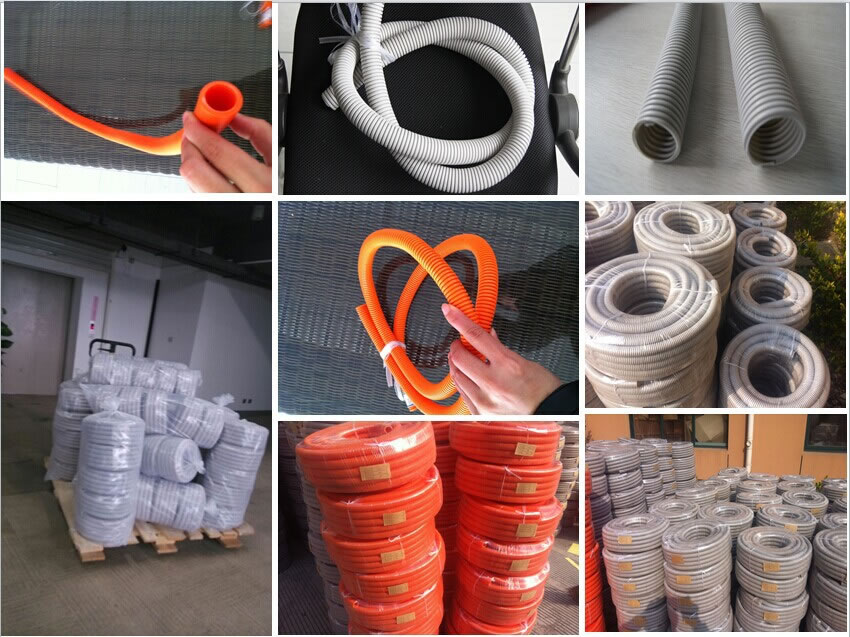2016-04-25
Conduit and duct products
come in a wide range of sizes, spanning 1/4 -inch (5mm)
to 24-inch (610mm) bore casings. The standard dimension
ratio, SDR, of a conduit is
defined as the ratio of
the average conduit diameter divided by the minimum wall
thickness. Wall thickness
typically ranges between SDR 9 to SDR 17. (Larger SDR
numbers indicate a
thinner wall thickness.)
Conventions exist that
work off of either the average outside diameter (SDR) or the
average inside diameter (SIDR).
Internally sized (SIDR) are usually chosen when the
inside diameter clearance
must be very carefully controlled. This usually does not
apply to most duct
installations because, as noted above, the free clearance between
the cable and the inner wall
of the conduit is not usually that close. Bore casings,
on the other hand, offer
situations that can benefit from close ID control because
many times several
innerducts are tightly fit into a casing. In this latter case, the
conduit wall can be increased
or decreased relative to service conditions without
jeopardizing the inside
clearance fit. Internally sized dimension tables tend to
preserve the minimum ID
above the nominal conduit size, whereas, externally sized
conduits often fall below
the nominal ID as the wall thickness increases.
For most conduit
installations, SDR sizing is utilized because the OD control lends
itself to better joint
formation using external couplers. This becomes very important
when air-assisted
placement methods are used for placing the cable. On the other
hand, large diameter
conduits (4 and above) typically undergo butt fusion as a
means of joining.
Determination of the wall
thickness becomes a function of either the method by
which the conduit is
placed, or the nature of environmental stresses that it will be
exposed to over the
service life. ASTM F 2160, ”Standards Specification for
Solid Wall
Chapter 14
Duct and Conduit
481
High Density Polyethylene
(PE) Conduit Based on Controlled Outside Diameter (OD)”,
explains the conduit
sizing systems fully.

Conduit vs Pipe
Installation Method vs. Short-Term and Long-Term Stress
